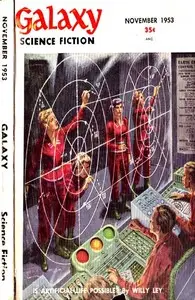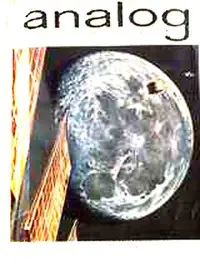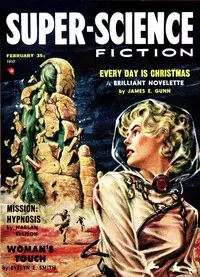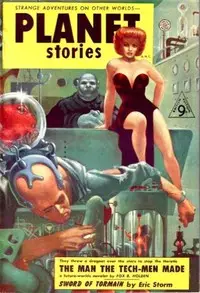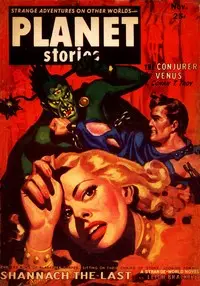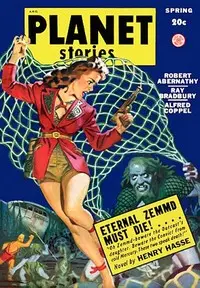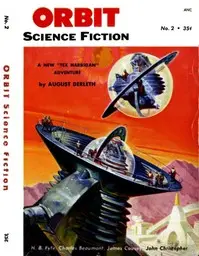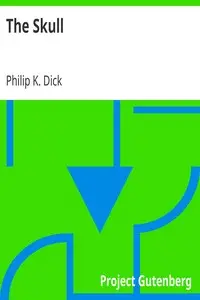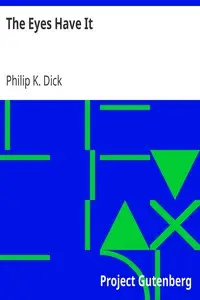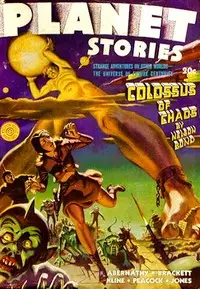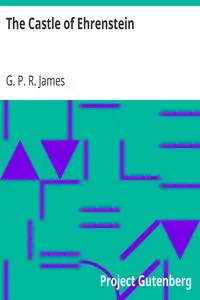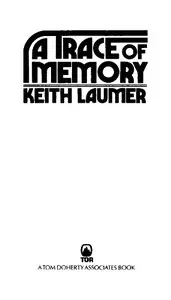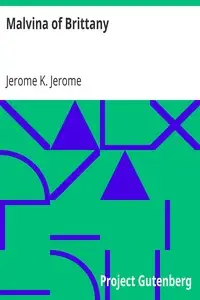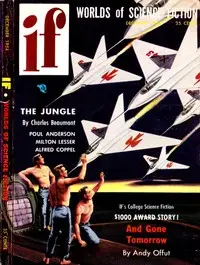"Mr. Spaceship" by Philip K. Dick is a science fiction narrative set amidst a devastating conflict between humans and the alien Yucconae, examining identity and existence during wartime. The story centers on an engineer named Philip Kramer, who works on a daring plan to use a human brain to pilot a spaceship and shift the tide of war. With Commander Gross, Kramer finds Professor Michael Thomas, a former teacher, to provide the brain for the experimental ship. Professor Thomas takes full control of the spaceship and steers away from human orders, seeking to establish a society beyond the war. The narrative ends with Kramer and his wife, Dolores, venturing into the great unknown guided by Professor Thomas's consciousness, which highlights questions about free will, the burden of awareness, and the promise of renewal beyond explored worlds.
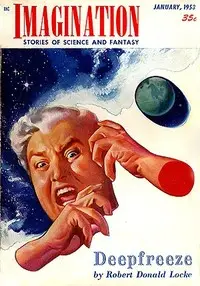
Mr. Spaceship
By Philip K. Dick
In a desperate attempt to end a galactic war, the fate of humanity rests on a spaceship guided by a human mind, embarking on a journey to the unknown.
Summary
About the AuthorPhilip Kindred Dick, often referred to by his initials PKD, was an American science fiction writer and novelist. He wrote 44 novels and about 121 short stories, most of which appeared in science fiction magazines during his lifetime. His fiction explored varied philosophical and social questions such as the nature of reality, perception, human nature, and identity, and commonly featured characters struggling against elements such as alternate realities, illusory environments, monopolistic corporations, drug abuse, authoritarian governments, and altered states of consciousness. He is considered one of the most important figures in 20th-century science fiction.
Philip Kindred Dick, often referred to by his initials PKD, was an American science fiction writer and novelist. He wrote 44 novels and about 121 short stories, most of which appeared in science fiction magazines during his lifetime. His fiction explored varied philosophical and social questions such as the nature of reality, perception, human nature, and identity, and commonly featured characters struggling against elements such as alternate realities, illusory environments, monopolistic corporations, drug abuse, authoritarian governments, and altered states of consciousness. He is considered one of the most important figures in 20th-century science fiction.

